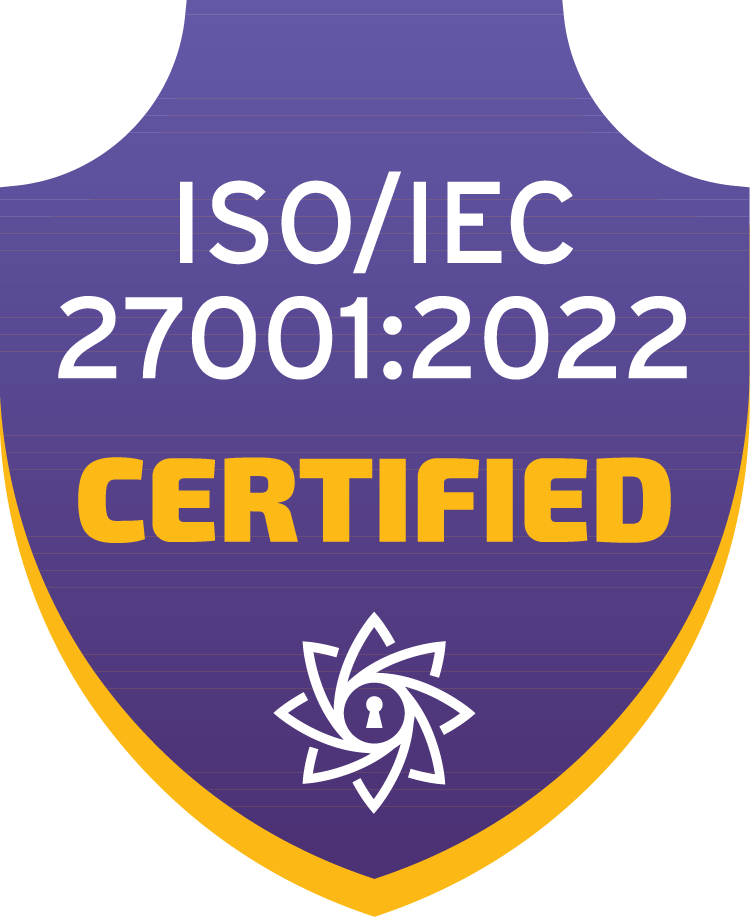Ellie's Vision and Roadmap Q1 2022 Update

It’s time for the quarterly update on what’s going on and where are we headed next! We want to give you a glimpse of the bigger picture, so we’ll start off by describing our Product Vision. In addition to that, we’ll of course give you a shorter-term outlook of what’s next. Read on to find out!
Ellie’s Product Vision – where we are headed

Ellie’s Product Vision – where we are headed
Previously on the Ellie blog, we have discussed our core philosophy and aims. What you see in the above picture is a distilled view of what Ellie will become as a tool. It’s a long-term view – we fully expect that completing this will take some time – but it’s of course something that will guide our shorter-term decisions. Piece by piece, our new features will fill in the slots in this picture.
At the core, we will have data models – always! Conceptual data models are and remain the most important thing for us, as we believe that they are the key to unlocking real understanding and therefore real business value.
We have already added the logical modeling layer into Ellie, and physical models will naturally follow at some point. Being able to link these layers together and easily navigate between levels of abstraction is vital, and we will put a lot of emphasis on that.
Good models give you structure, and this structure is something we want to build on. Visual navigation across the enterprise, between models and modeling layers, and seeing links with other types of metadata (such as systems and processes), is the idea we like to call the “Google Maps of Data”. This Enterprise View is our long-term target – putting the data models in context, and giving you the ability to understand how things are related in the big picture. It will of course require all kinds of integrations, and we will continue our API-first approach to link up with Data Catalogs and other related tools.
This kind of unified metadata map might also be called a “knowledge graph”. We will be looking into ways of building and traversing such a graph – all the while keeping our UX as straightforward and accessible as possible, and maintaining the business-friendly approach of conceptual data modeling at the forefront. In the future, it should also give us the ability to make inferences about the content and give suggestions and guidance automatically. This we call “intelligent modeling”, and we truly believe it will make a big difference in the future.
What are Ellie’s next steps?
The first half of 2022 will bring model access control, updates to the logical modeling feature, a new API, and an important new integration: native two-way synchronization with Collibra’s data catalog solution.

Our short-term objectives
At the time of writing this, we are expecting an immediate release of Ellie v4.1 (EDIT: it’s out, yay!). This version enables edit-access control on models on the collection level, helping especially those in larger organizations to protect their most important models.
Ellie v4.2 is expected in March-April, and it will focus on improving the Logical Modeling feature we launched back in December 2021. An important new functionality will be the capability to link logical entities up to the conceptual entities in Ellie’s Glossary. In addition to that, some overall UX improvements can be expected on the Logical Modeling canvas (some of these might be also released as minor updates before 4.2).
The next major features after these releases are focused on integrations. We will deliver our next API, the Glossary API, which gives you a REST interface for operating on individual entities and/or attributes in the Glossary.
The Glossary API will form the technical foundation of our upcoming native 2-way integration with Collibra – our first (but certainly not the last!) native integration with Data Catalogs. We have several clients using Ellie to add a business-friendly layer on top of a Data Catalog solution, and we want to support this as much as we can. For those of you using Collibra, this feature will make integrating the two tools very easy, giving you the ability to visually model your data assets in Ellie and to link that with the more technical metadata in Collibra.
Stay tuned for more!
This concludes our update this time, but as usual, we will be publishing these updates on a quarterly basis. If you have any questions or comments about either our upcoming features or our long-term vision, do reach out! We’re always interested to hear opinions and new ideas.






.png)


